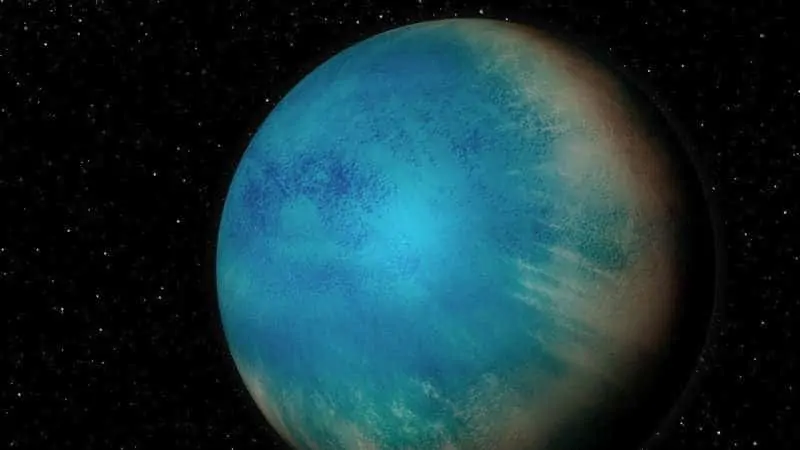
Twin water worlds discovered in the constellation Lyra
Astronomers at the University of Montréal have discovered 2 twin "aquatic" worlds around a red dwarf star: the first case of its kind.

Astronomers at the University of Montréal have discovered 2 twin "aquatic" worlds around a red dwarf star: the first case of its kind.

An exoplanet with extraordinary characteristics could be completely covered by oceans, with water over 30% of its mass.

After the incredible photos of the Carina Nebula, here is the detailed analysis of the atmosphere of an exoplanet: the James Webb is already at the top.

There is no two without three: our "stellar neighbor" Proxima Centauri has another planet revolving around it, and it is in the habitable zone.

The CHEOPS satellite accidentally spotted a rare exoplanet with a lot of water: the discovery is unprecedented.

As many as 5 new star systems are located at the right distance from their star (or their stars) to host oceans and life. When is the first photo?

How many Earth-like planets are in our galaxy? The search for celestial bodies in a "habitable" area becomes more precise: shocking numbers.

Thanks to the SGL telescope we will see mountains, morphology and vegetation of very distant exoplanets. And one day, who knows, we will find a "twin" world.

Over the past century a crazy number of discoveries have transformed the understanding of our place in the universe. And in the next 50 years?

The largest study of the composition of exoplanets reveals a surprising reality: water on other planets is practically everywhere. Cambridge revolutionizes the search for extraterrestrial life

An exoplanet called k2-18p is at an acceptable distance from its star and is capable of hosting biological life.

Yesterday the number of "alien worlds" that have been discovered by man increased exponentially. Yes ...